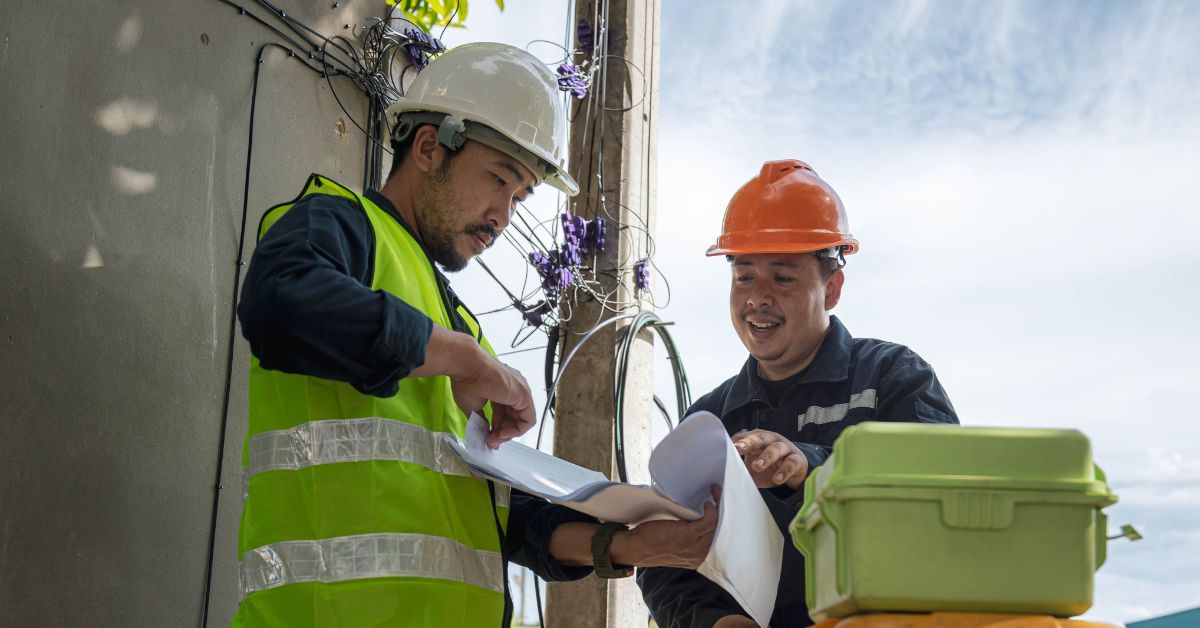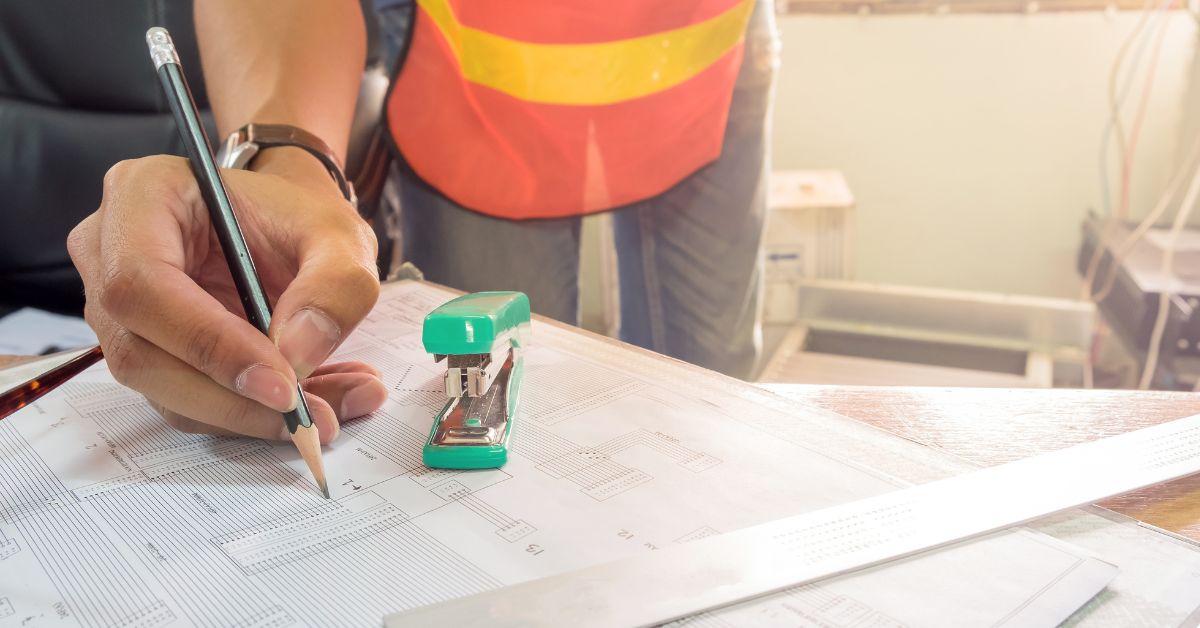No products in the cart.
What Makes a Good Feasibility Study for Rural Fiber Networks
Home What Makes a Good Feasibility Study for Rural Fiber Networks
- Home
- Resource Hub
- Millennium Blog
- What Makes a Good Feasibility Study for Rural Fiber Networks

Deploying fiber networks in rural areas is one of the most meaningful steps toward bridging the digital divide. However, it’s not without its challenges. Costly infrastructure developments, difficult terrain, and smaller populations make it a complex endeavor. This is where a well-executed feasibility study becomes essential.
A feasibility study gives providers the clarity they need to ensure resources are optimized and investments are sound. From mapping out costs to assessing revenue potential, it is the critical first step to making informed decisions. We’ll explore what makes a good feasibility study for rural fiber networks, its key components, and why it is invaluable for successful broadband deployment.
What Is a Feasibility Study?
A feasibility study assesses whether deploying fiber networks in rural areas is viable, enabling providers to identify where, when, and how to proceed. It’s a critical tool that outlines the technical, financial, and operational plans for the project.
The primary purposes of a feasibility study include:
- Pinpointing the ideal locations for installation
- Developing a budgeting framework for cost and timing
- Identifying resources and potential issues
Without this foundational assessment, investments often lack a clear directional focus. This can result in inefficiencies and unnecessary expenses.
Key Components of a Feasibility Study
A feasibility study is composed of several critical components, each serving to evaluate a different aspect of the project’s potential success. These elements work together to provide a comprehensive overview of technical, financial, legal, and operational factors. By examining these key areas, stakeholders can make informed decisions with confidence, minimizing risks and maximizing opportunities.
Cost Estimates
One of the most critical elements of a feasibility study is the cost estimate. Understanding how much everything will cost—from laying cables to maintenance—is essential for accurate budgeting.
A thorough feasibility study takes into account both direct and indirect costs. This includes material expenses for fiber optic cables and conduit hardware, labor, permitting fees, and other associated infrastructure development costs.
Revenue Streams
Determining potential sources of revenue is the next critical step. Accurately projecting uptake rates or take rates helps providers gain insight into the project’s financial sustainability. Consider factors such as subscription rates, service models, and scalability when forecasting revenue streams to ensure accurate projections.
Step-By-Step Implementation Plan
A road map detailing each step of the deployment process is another indispensable part of the study. A well-prepared plan serves as a guide for project execution, breaking it into manageable phases. This ensures that the entire process, from logistics and material delivery to construction timelines, is well-coordinated and seamless.
Financial Impact Summary
A comprehensive summary of the potential financial outcomes provides stakeholders with the information they need to determine the return on investment (ROI). A feasibility study should assess projected profits, operational costs, and long-term benefits, painting a precise picture of financial viability.

Why Feasibility Studies Are Important
A feasibility study is a critical tool for evaluating the practicality and potential success of a proposed project or idea. It helps organizations identify key challenges, assess risks, and determine whether the project aligns with goals and resources. By providing a clear framework for decision-making, it ensures informed and strategic planning.
Early and Accurate ROI Assessment
One of the greatest benefits of a feasibility study is the ability to forecast ROI with accuracy. By analyzing comprehensive data, a well-constructed study offers valuable, data-driven insights that help stakeholders determine the potential profitability of their investment.
Determining the Take Rate
The success of a rural fiber network largely depends on its adoption rate, as higher adoption ensures the long-term viability of the project. Conducting a feasibility study is crucial for measuring market potential and understanding the level of user demand within the community.
Presenting Options and Flexibility
Flexibility is crucial when planning fiber deployment. A strong feasibility study provides a range of scenarios, cost options, and implementation strategies. This empowers providers to choose the best path forward while balancing budget constraints and quality standards.
Bringing Partners to the Table
Feasibility studies can serve as a strong foundation to attract potential partners and stakeholders by showcasing the groundwork of a well-thought-out project. By presenting concrete data, detailed plans, and carefully calculated risks, these studies provide a clear picture of the project’s viability and potential for success. This thorough approach builds confidence, fosters collaboration, and encourages key stakeholders to get involved.
Moving Forward With Confidence
A feasibility study instills confidence by providing a clear understanding of potential challenges and solutions. It allows providers to move forward with a well-thought-out strategy, knowing they have addressed possible obstacles in advance. This preparation lays a solid foundation for the successful execution of the project.

The Value of a Quality GIS Firm
GIS (geographic information system) firms bring a critical edge to feasibility studies by leveraging advanced geospatial tools for precise planning and analysis. GIS tools analyze terrain, demographics, and infrastructure to deliver smart, data-backed business plans that outline optimal fiber routes, areas with the highest potential uptake rates, and strategies to maximize coverage and efficiency.
Rural areas often present distinct engineering challenges, from uneven terrain to vast distances between population centers. A skilled GIS firm addresses these hurdles by tailoring designs and construction plans to meet the area’s specific needs.
Why You Should Partner With Millennium
Millennium combines decades of hands-on experience with deep expertise in geospatial technology to deliver solutions that go beyond expectations. Our experts craft feasibility studies that meet industry standards and set new benchmarks, bringing clarity and precision to even the most complex fiber deployments. From network design and permitting support to supply chain management, Millennium offers a full suite of services to turn your project vision into reality.
Millennium understands the unique challenges that come with bridging the digital divide. Our feasibility studies take into account the specific needs of rural communities, analyzing factors such as geography, population density, and cost efficiency to create tailored, actionable plans. By addressing these challenges head-on, we help make rural fiber deployments not just possible but also sustainable and impactful for the communities they serve.
Act Now To Build Smarter Rural Fiber Networks
A strong feasibility study provides clarity, mitigates risks, and ensures you’re making sound decisions for long-term success. Understanding what makes a good feasibility study for rural fiber networks is a perfect first step to an effective fiber deployment project.
Get your project on the right path with the help of Millennium’s expert team. We are also a trusted fiber-optic equipment supplier, helping to ensure every step of your project goes smoothly. Contact us today to start planning a data-backed strategy and ensure your investment in broadband expansion is a success.
